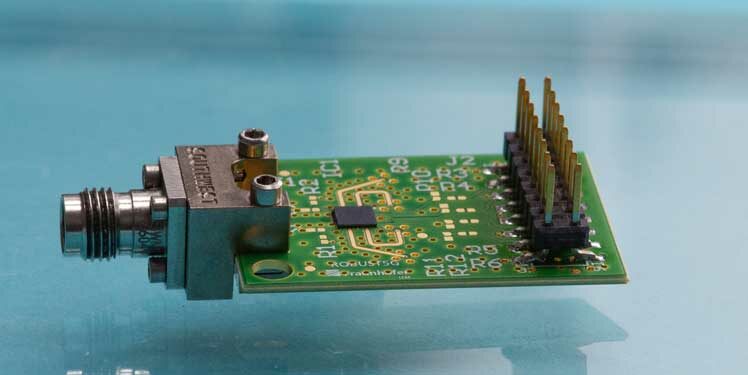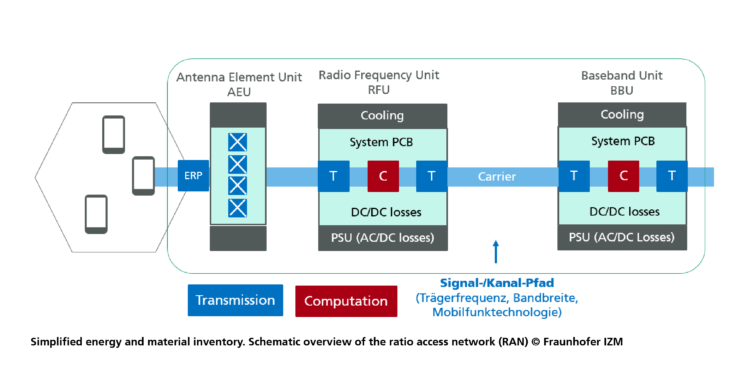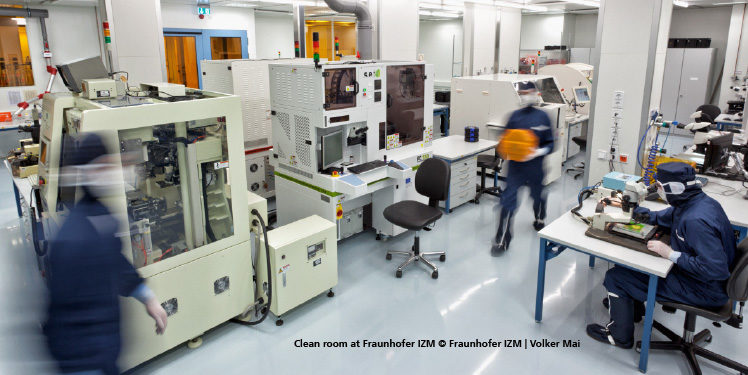Berlin Center for Digital Transformation: Digitization Solutions for Industry 4.0 and IIoT
The four Fraunhofer institutes – Fraunhofer FOKUS, Fraunhofer HHI, Fraunhofer IPK, and Fraunhofer IZM – have been cooperating under the umbrella of the Berlin Center for Digital Transformation since 2017, pooling their expertise in the fields of information and communication…







